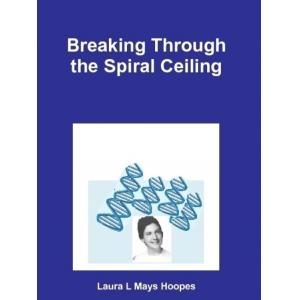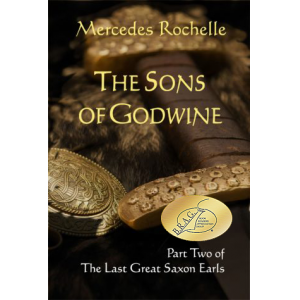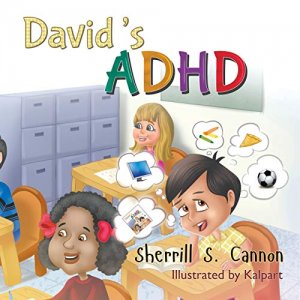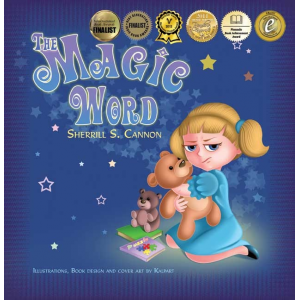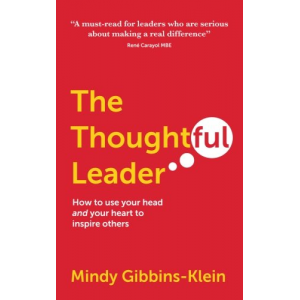Crochet Kitten review
🔗 http://crochetkitten.blogspot.com/2012/08/book-review-crochet-saved-my-life.html- Author
- Book
- Story behind the book
- Media Links
- Reviews

Kathryn Vercillo
About
Kathryn Vercillo is a San Francisco based freelance writer, blogger and crochet lover. Her most recent book, Crochet Saved My Life, is a non-fiction account of her experience using crochet to heal through depression. Kathryn has also authored two previous books (Ghosts of San Francisco and Ghosts of Alcatraz) and a booklet of articles called When Grandma Isn't Crocheting, She's Hunting Big Game. She has been a contributing author on other book projects.Kathryn's work has been published in magazines including Latina Magazine and Skope. She has worked as a professional blogger for numerous websites including PC World, Dial-a-phone, SF Travel, and Houzz. Her online articles about crochet have been published around the web on sites that include Crochetvolution, Crochet Liberation Front, SF Indie Fashion and Handmadeology. Her Crochet Concupiscence blog was voted one of the top 5 2012 craft blogs in Inside Crochet Magazine and was a 2011 runner-up for a Flamie award from the CLF.You can visit her crochet blog at www.crochetconcupiscence.com or learn more about the author at www.kathrynvercillo.com.

Fatal Rivalry: Part Three of The Last Great Saxon Earls
Description
<p>In 1066, the rivalry between two brothers brought England to its knees. When Duke William of Normandy landed at Pevensey on September 28, 1066, no one was there to resist him. King Harold Godwineson was in the north, fighting his brother Tostig and a fierce Viking invasion. How could this have happened? Why would Tostig turn traitor to wreak revenge on his brother?<br />The Sons of Godwine were not always enemies. It took a massive Northumbrian uprising to tear them apart, making Tostig an exile and Harold his sworn enemy. And when 1066 came to an end, all the Godwinesons were dead except one: Wulfnoth, hostage in Normandy. For two generations, Godwine and his sons were a mighty force, but their power faded away as the Anglo-Saxon era came to a close.</p>
Story Behind The Book
If I had known that crochet could help me cope with chronic depression perhaps I wouldn't have suffered for fifteen years without it!
Media Links
↗
Rayela Art
🔗 http://www.rayela.com/crochet-saved-my-life/↗
Craft Gossip
🔗 http://crochet.craftgossip.com/crochet-gets-serious/2012/08/08/↗
So Crafty
🔗 http://socrafty.squidoo.com/crocheting/crafty-book-crochet-saved-my-life↗
Moogly review
🔗 http://www.mooglyblog.com/2012/08/15/my-review-crochet-saved-my-life/↗
Thornberry
🔗 http://thornberry.wordpress.com/2012/08/14/book-alert-crochet-saved-my-life/↗
Reviews
<p class="MsoNormal">CrochetKitten says: “Kathryn Vercillo gives many accounts in Crochet Saved My Life of how crochet has helped others, from empowering a woman who was a victim of rape, to helping a woman who suffers from hallucinations keep her grip on reality, to comforting a woman who is going blind. This book is a must-read for any crocheter who has ever felt alone or like no one else understands. If you only have time to read one book this year, make it this one.”</p> <p class="MsoNormal"></p><br /><p class="MsoNormal">Thornberry says, “I encourage you to have a look at Kathryn’s website and further information about this book, and possibly even order a copy! It’s a great way to support someone who is doing her utmost to explore and promote a popular handcraft in a way that hasn’t been investigated before, and it’s an interesting read as well.” </p> <p class="MsoNormal"></p><br /><p class="MsoNormal">Moogly says, “<em>Crochet Saved My Life</em> discusses how crochet can be a healing tool used by individuals as well as in group settings. It outlines the specific therapeutic benefits and uses of crochet, making this an invaluable resource for occupational therapists, mental health professionals, and teachers – even those who do not crochet themselves.”</p><p class="MsoNormal"></p><p class="MsoNormal"><span>Anastacia</span> says: "This is a fabulous book detailing not just the author's, but many others', personal struggles with mental illness and highlighting how crochet (and crafting, more generally) served as a shining light.This book weaves personal stories with scientific research in an easy-to-read style. And, let me say, her personal story is shocking and fascinating! If you (or someone you know) struggles with a mental illness, you will instantly relate to the people featured in the book. And as a crocheter myself, I completely acknowledge the healing ability of the craft. However, the author's key point is that doing concrete, hands-on work is therapeutic, and therefore would apply to a wide number of crafts/skills: gardening, cooking, sewing, painting... My only regret is the title of the book... I think having 'crochet' in the title limits the perceived audience of this book. It's much bigger than just crochet! A wonderful read. I highly recommend it."</p><p class="MsoNormal"><span>Sara</span> says: "<a href="http://www.amazon.com/Crochet-Saved-My-Life-ebook/dp/B008MQ8D0S/ref=cm_cr_dp_asin_lnk">Crochet Saved My Life</a> starts out with Kathryn's history of depression and moves into the science of healing from mental illness. This book is filled with story after story of people healing from tragedies and illness all with a hook and yarn. I saw myself in each story and I applaud the women for being brave enough to share in such a public way. My preference was for the stories so I did gloss over the science of depression and other illnesses. That was a bit of a slower read for me. But I enjoyed it because it's great that science is taking notice of something crocheters have known for a long time, Crochet heals."</p>
